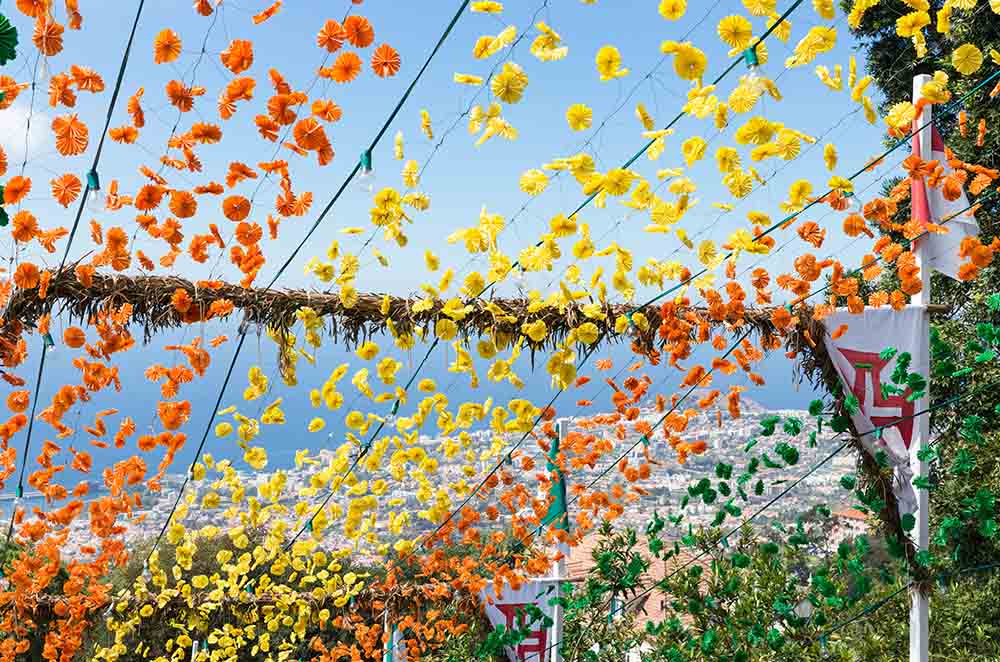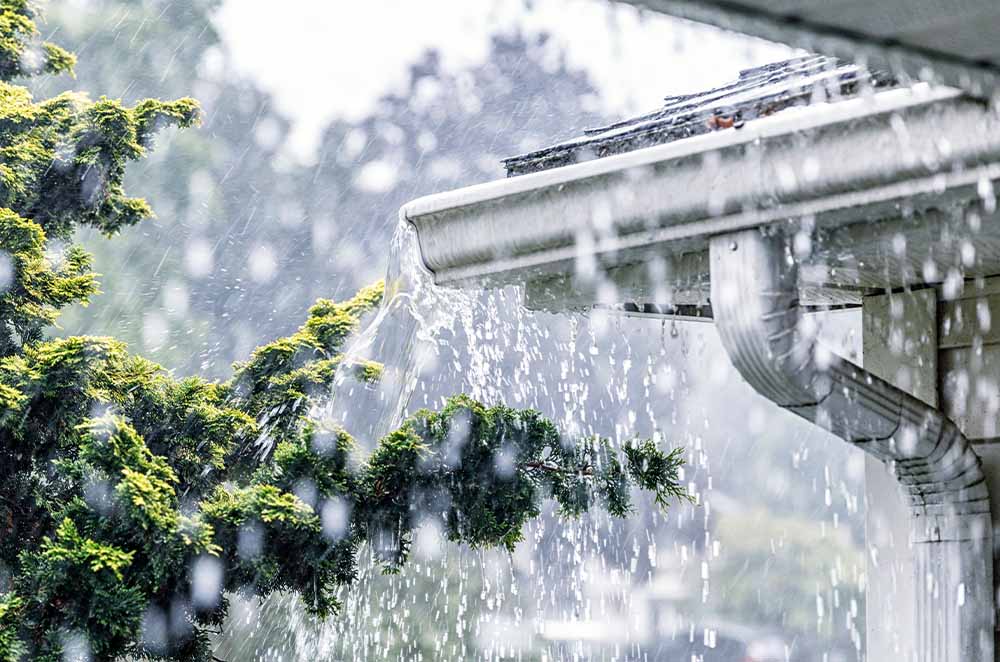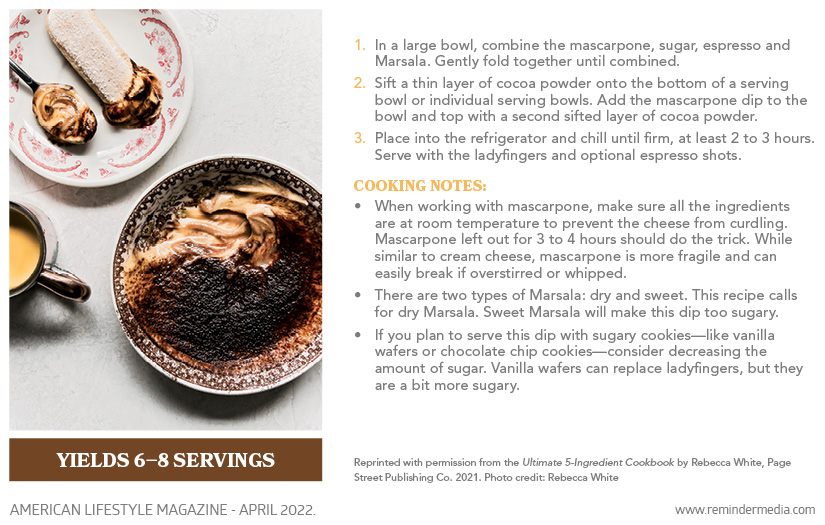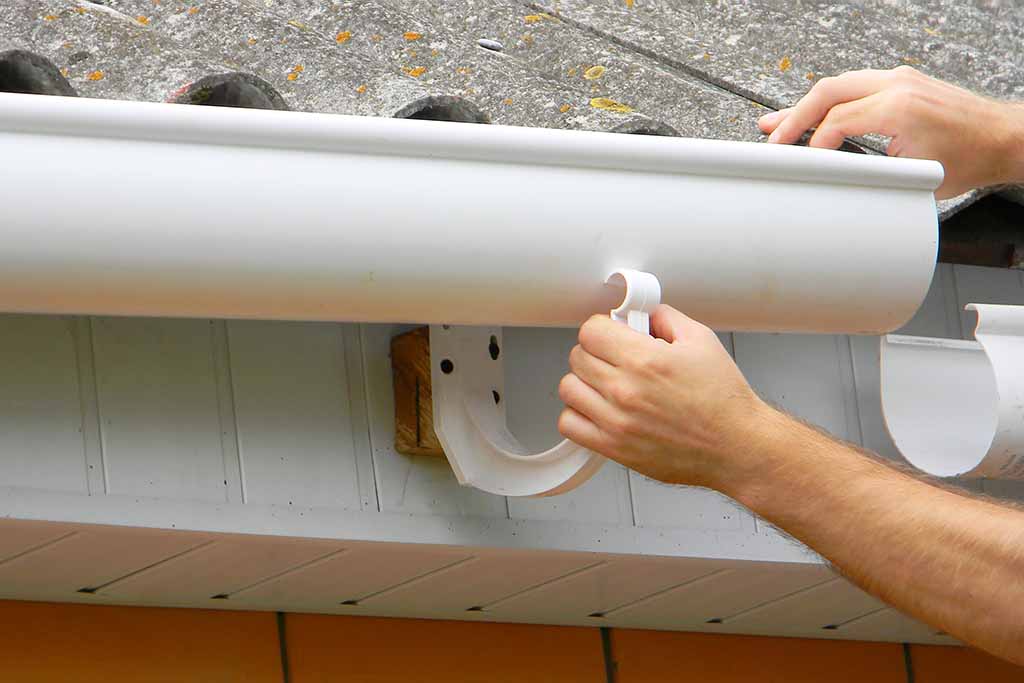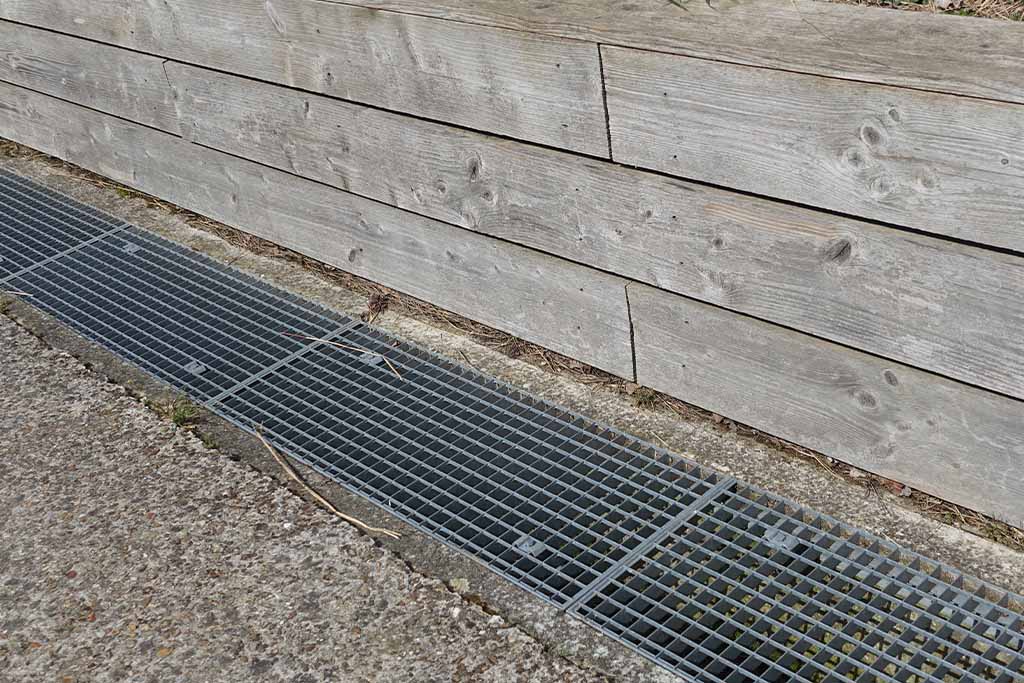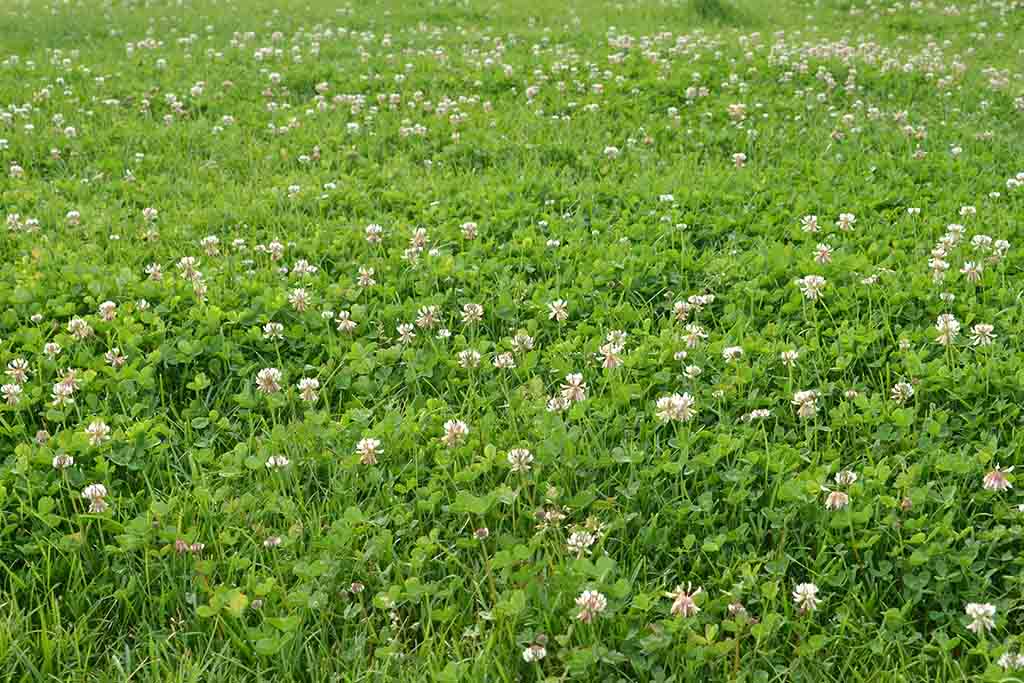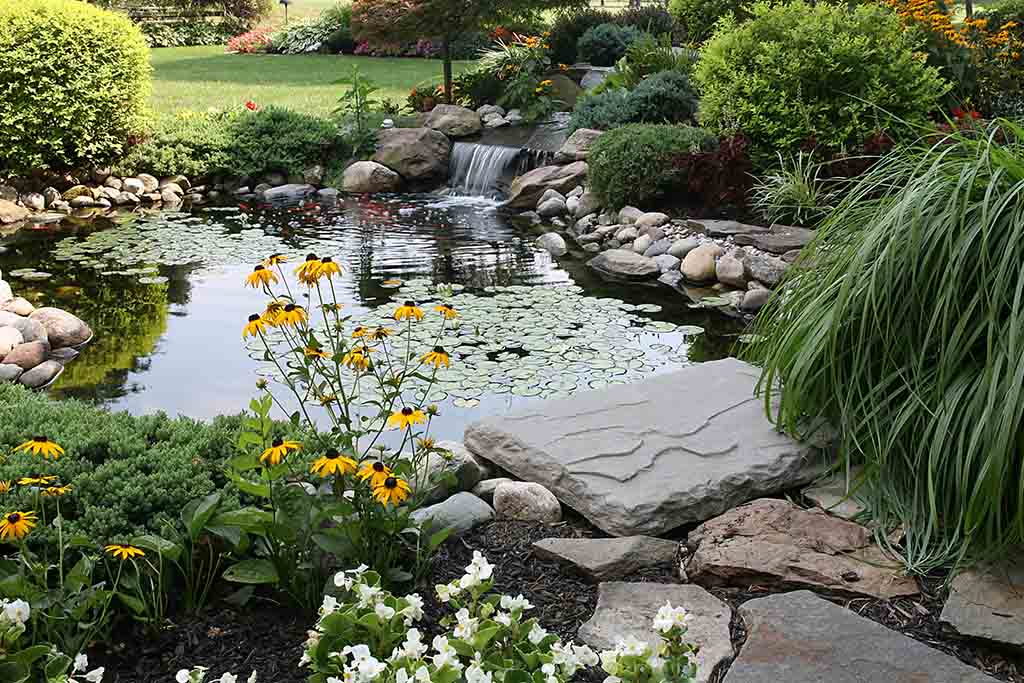Array
(
[0] => Array
(
[item_type] => phone
[content] => Array
(
[label] => Office
[number] => 7074472727
[extension] =>
)
)
[1] => Array
(
[item_type] => email
[content] => Array
(
[label] => E-mail
[email_address] => debi@ponceproperties.com
)
)
[2] => Array
(
[item_type] => website
[content] => Array
(
[label] =>
[value] => www.commonwealthprops.com
)
)
[3] => Array
(
[item_type] => address
[content] => Array
(
[label] => Office
[addressee] =>
[address1] => 400 BOYD ST
[address2] =>
[city] => VACAVILLE
[state] => CA
[zip] => 95688
)
)
)
?>
After a long winter, spring is a welcome time for most people. Whether you’re an avid gardener or enjoy traveling, a flower or garden festival can inspire your own garden and leave you with gorgeous photos. These places around the United States celebrate the season by displaying beautiful blooms in extravagant and fun ways.
Skagit Valley Tulip Festival—Mount Vernon, Washington
Every April, the Skagit Valley region in northwest Washington has millions of colorful blooming tulips on display spread across the valley’s fields. The vast fields are great for self-guided driving tours with photo stops, but the month-long festival in town includes bike tours, gardening workshops, and discounted tastings at local vineyards and breweries. Check out this interactive map to plan which gardens and farms to visit.
Dates: April 1–30
Price: Tulip gardens are free to enter, but festival activities may have admission prices listed on the festival’s website.
North Carolina Azalea Festival—Wilmington, North Carolina
At the North Carolina Azalea Festival, the pigmented pink and purple azalea shrubs stand out beautifully against the coast. In addition to photo opportunities, you can buy tickets to special events, concerts, and fairs throughout the week-long festival.
Dates: April 6–10
Price: Free to enter, but some events may require prepaid tickets.
Bluebonnet Festival—Burnet, Texas
The quaint town of Burnet, Texas, has a population of just 6,000 people. However, it welcomes 30,000 visitors every April to see a sea of blue—a field of bluebonnet flowers. The old town square transforms into the festival’s hub for live music, local art displays, and food vendors. Check out their schedule of events, including the Bluebonnet Parade featuring floral floats designed by Burnet residents, the pet parade, wiener dog race, and the cornhole tournament.
Dates: April 8–10
Price: Free to enter. Headliner events have prices listed on the festival’s website.
Dogwood-Azalea Festival—Charleston, Missouri
The Dogwood-Azalea Festival in Charleston, Missouri, features a 6-mile-long trail of generations-old dogwoods and azaleas that smell and look beautiful. You can experience the beauty of these blooms during the day but also take a candlelight tour of them at night, ending at the festival celebrating Missouri history, hospitality, and tradition. Additionally, you can tour the streets in a horse-drawn carriage. With so many ways to enjoy Charleston, you might not want to leave!
Dates: April 21–24
Prices: Daytime walking tours and evening candlelight tours are free. Carriage rides are $10 for adults and $5 for children.
California Poppy Festival—Lancaster, California
Just north of Los Angeles, Lancaster comes alive each year with vibrant orange poppy blooms. This colorful event honors the California state flower with floral displays and food and craft vendors. Just be sure not to pick any flowers at the festival fields to take home because there are environmental protection laws in place.
Dates: April 22–24
Price: Admission and entertainment are free. Ride ticket prices are posted at the entrance to the fair.
Historic Garden Week—across Virginia
From the Shenandoah Valley to the beaches of Tidewater, Virginia residents put their gardening gloves together for Historic Garden Week. Over fifty historical properties and public gardens will be showcasing their best flower arrangements created by members of the Garden Club of Virginia. View the official Garden Week guidebook here to find locations of interest to you.
Dates: April 23–30
Price: Admission price varies by location. All proceeds benefit the state’s historic public gardens and landscapes, research programs, and other statewide initiatives.
Rochester Lilac Festival—Rochester, New York
If you love the scent of lilacs, you’ll enjoy walking through the largest lilac collection in the US. Be ready to eat and dance at the Lilac Festival Street Fair, which offers cultural cuisines and spotlights local artists and musicians. And, if you love running, consider partaking in their Lilac Run 5K or 10K races.
Dates: May 6–8, 12–15, 19–22
Price: Admission and parking are free, but bring money for food and souvenirs.
Tulip Time Festival—Holland, Michigan
Though it may look like the Netherlands, Holland, Michigan, celebrates Dutch culture with a staggering 4.5 million tulips presented in scenic fairytale fields of cottages and windmills. Additionally, entertainment such as Dutch clog dancing and a quilt-making show puts the authentic cherry on top of this colorful event. If you don’t have time for a two-week European adventure, this domestic trip will give you a piece of Amsterdam without the long flight.
Dates: May 7–15
Price: Tickets for walking tours are $35, with additional activities available at an extra cost. Free parking is available around town.
Philadelphia Flower Show—Philadelphia, Pennsylvania
See exhibitors from across the country compete for top prizes at the Philadelphia flower show. This outdoor experience has thousands of impressively designed displays that go above and beyond to celebrate the power of plants. From dazzling lights to fountains to art installations, there’s something awe-inspiring for everyone.
Dates: June 11–19
Price: Adult tickets are $45, young friend tickets (ages 18–29) are $30, and children’s tickets (under 18) are $20. Be sure to purchase your tickets in advance before they sell out.
Local Blooms
If you can’t attend a flower festival, you can still take advantage of spring flowers in your area. Here are a few ways you can make the most of the season:
-
- Go on a hike with friends and family to see flowers.
- Visit a local florist and ask about floral arrangement classes.
- Host a spring brunch and fill your home with floral arrangements for your guests to admire.
- Add potted flowers to your deck or create a flower bed in your backyard.
Simple Spring Alfresco Dining
